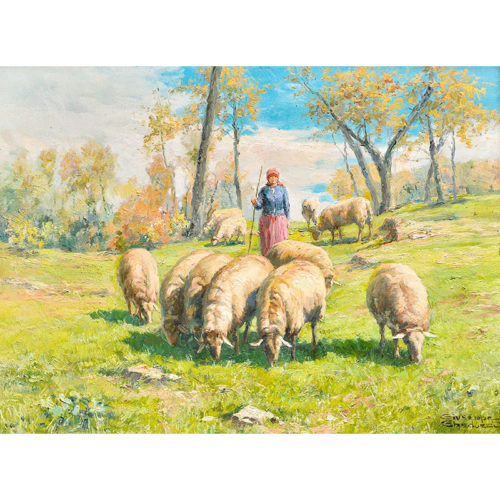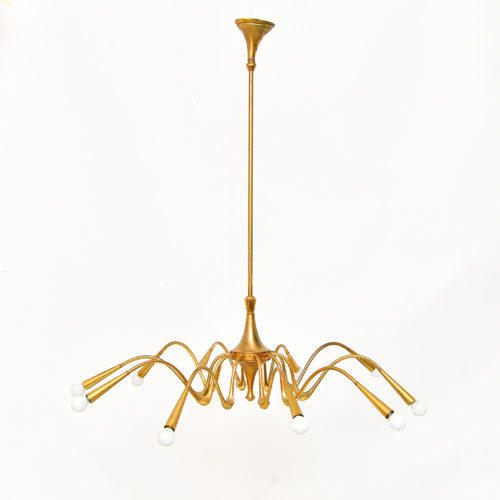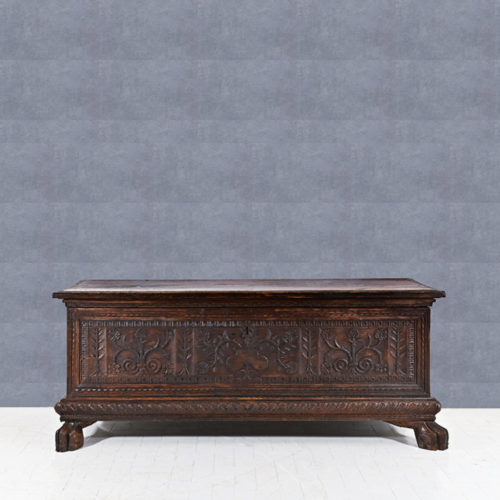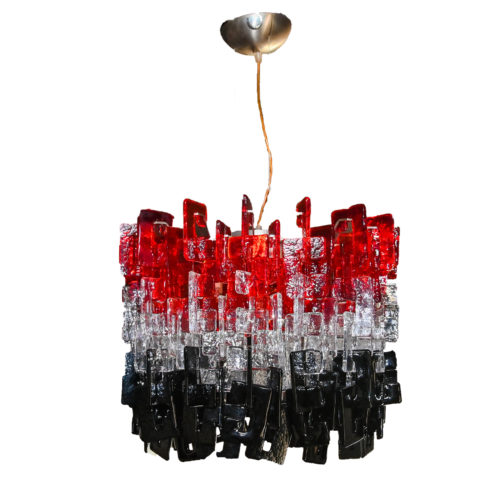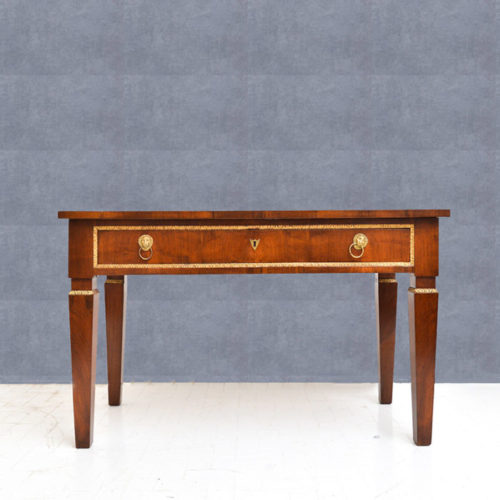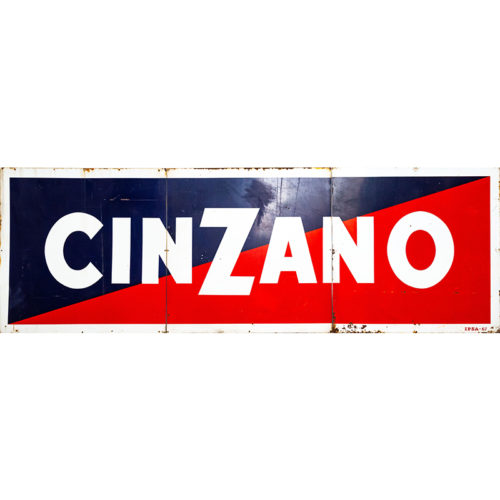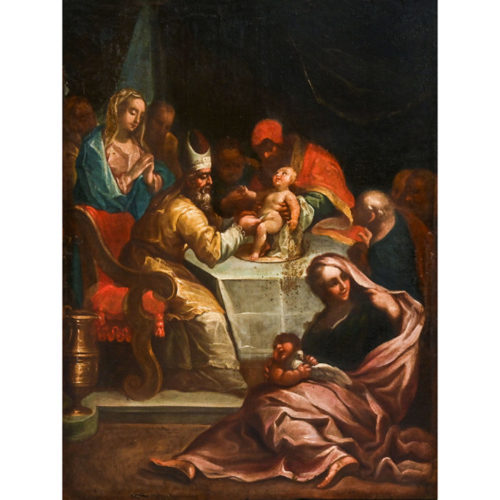-
Out of stock
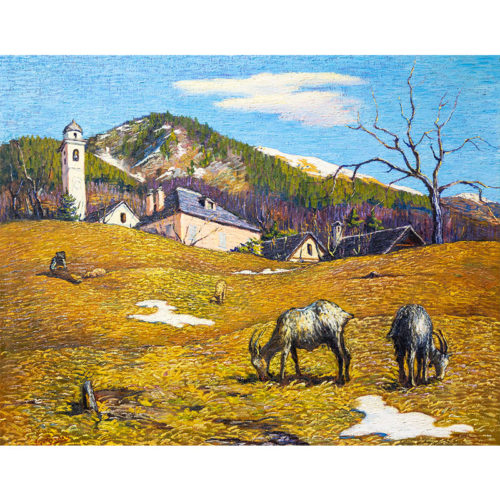 Severino Ferraris (1903-1979), painter who humbly drew on the living sources of color and light, recreating, on large canvases as on modest sketches, the brightness of the Ossola valleys, the splendor of their snows, the romantic following of the farmhouses and soaring bell towers, all the warmth of the autumns or the sigh of the springs that return to awaken. Severino Ferraris with his painting full of purity and ingenuity repeats the forms and techniques dear to the poets of romanticism; if sometimes he stumbles into the twilight, he quickly gets rid of it, to return clear and luminous. Signed by the author in the lower left corner. Painting title on the backside. Period: 1950s approx Measurements: In frame H 78 x L 90.5 cm / Canvas H 47 x L 59.5 cm
Severino Ferraris (1903-1979), painter who humbly drew on the living sources of color and light, recreating, on large canvases as on modest sketches, the brightness of the Ossola valleys, the splendor of their snows, the romantic following of the farmhouses and soaring bell towers, all the warmth of the autumns or the sigh of the springs that return to awaken. Severino Ferraris with his painting full of purity and ingenuity repeats the forms and techniques dear to the poets of romanticism; if sometimes he stumbles into the twilight, he quickly gets rid of it, to return clear and luminous. Signed by the author in the lower left corner. Painting title on the backside. Period: 1950s approx Measurements: In frame H 78 x L 90.5 cm / Canvas H 47 x L 59.5 cm -
Out of stock
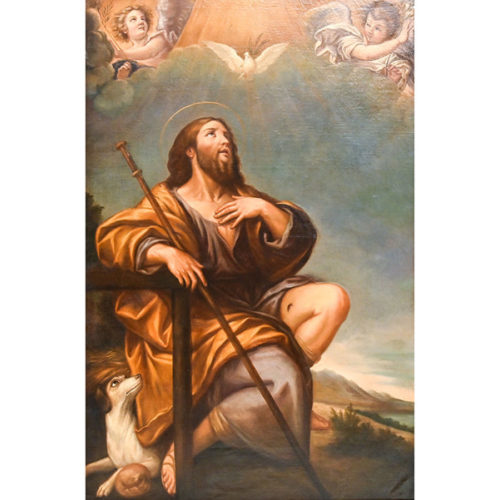 "San Rocco" oil on canvas from the 19th century. Large painting of the saint with dog, angels and the Easter dove. The painting is in excellent condition. San Rocco is invoked as protector from the plague and from great disasters, earthquakes, epidemics and very serious diseases; and it was a great example of human solidarity and Christian charity. Period: 19th century Measurements: In frame H 163 x W 112 x D 5 / Canvas H 153 x W 102 cm
"San Rocco" oil on canvas from the 19th century. Large painting of the saint with dog, angels and the Easter dove. The painting is in excellent condition. San Rocco is invoked as protector from the plague and from great disasters, earthquakes, epidemics and very serious diseases; and it was a great example of human solidarity and Christian charity. Period: 19th century Measurements: In frame H 163 x W 112 x D 5 / Canvas H 153 x W 102 cm
